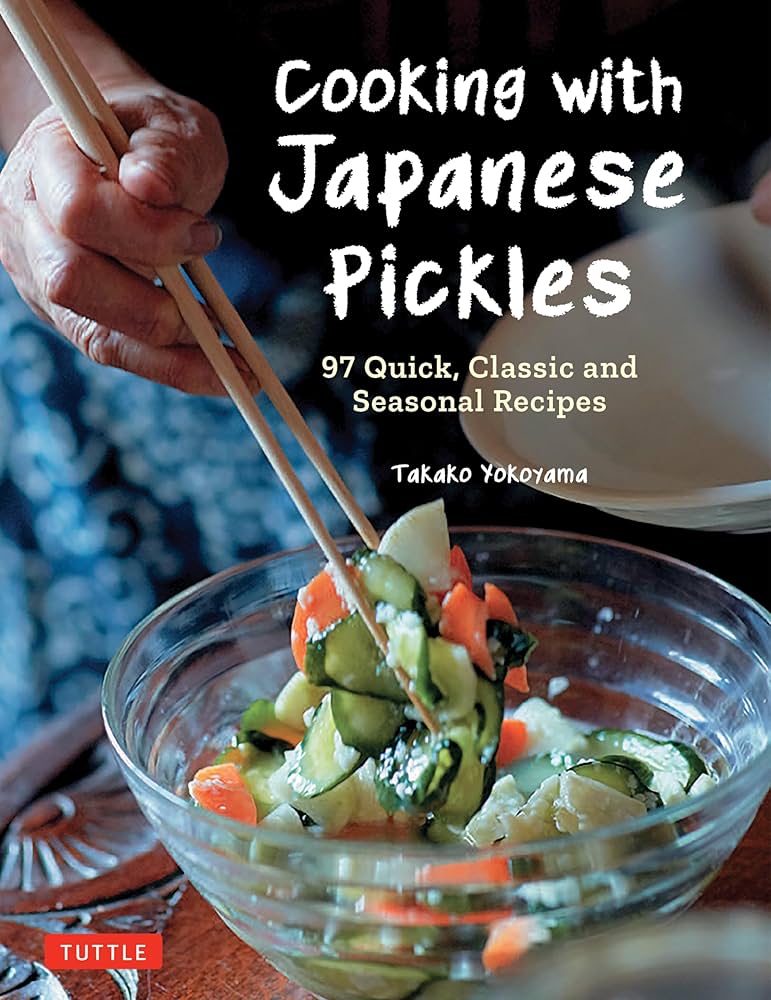Savory Tips for Canning Season: Elevate Your Pickling Game
As the summer sun graces our gardens, it’s time to embrace the bounty of nature with open arms and jars at the ready. Whether you’re a seasoned pro or a novice in the world of preserving, the art of pickling is not just a culinary process but a captivating adventure. From crunchy cucumbers to vibrant beetroot, let’s dive into the delightful realm of pickling, where creativity knows no bounds.
The Essentials of Pickling
Before you embark on this flavorful journey, ensure you have the essentials. Glass jars with tight-sealing lids, a canning pot, and your chosen produce are just the beginning. Don’t forget to stock up on spices—dill, mustard seeds, and peppercorns can transform ordinary veggies into gourmet treasures. And remember, the right tools play a crucial role. I always keep a trusty ladle and funnel handy to minimize spills during the crucial canning process.
The essential toolkit for every pickler.
When planning your next canning session, consider the type of pickles you want to create. Sweet, sour, or perhaps something with a kick? The flavor profile you desire influences not only the ingredients but also the method of preservation. A sour dill pickle, for instance, requires a different approach than a sweet bread-and-butter pickle. Knowing your preferences can save you time and ensure your jars are filled with joy.
The Joy of Seasonal Ingredients
I’ve always believed that the best pickles come from seasonal produce. There’s something truly magical about choosing fresh, local vegetables. The crispness of a just-picked cucumber sets the foundation for a delicious dill pickle that transports you straight to summer. When I first tried canning with farm-fresh ingredients from my local market, the difference in flavor was astonishing. It’s like my taste buds came alive!
Visiting farmers’ markets not only supports local growers but also allows you to handpick your ingredients. Look for vibrant colors and firm textures. Remember, the fresher the produce, the better your pickling results will be. I typically focus on cucumbers, carrots, and green beans—the trifecta of pickling heaven.
Experiment with Flavor Combinations
Pickling isn’t just about preservation; it’s an opportunity to experiment and innovate. Mixing and matching flavors can lead to delightful discoveries. Consider adding herbs like thyme, rosemary, or even a splash of hot sauce to your brine. The inclusion of fruits can also introduce a surprising element—think pickled peaches or watermelon rinds.
Recently, I decided to spice things up and created a batch of jalapeño-infused pickles. The result was nothing short of spectacular. The combination of tangy and spicy thrilled my taste buds, adding a kick to a simple sandwich or a relish platter. Don’t shy away from trying unusual pairings; they might just become your new favorites!
Exploring new flavors with pickling.
Mastering the Canning Process
Now, let’s talk about the canning process itself. Ensuring safety while canning is paramount. I always follow USDA guidelines to avoid any mishaps. Here are some helpful tips that I’ve picked up over the years:
- Sanitize your jars: Boiling your jars before using them will eliminate any potential bacteria.
- Keep your workstation clean: A tidy workspace prevents cross-contamination—essential for food safety.
- Follow the recipe carefully: Each ingredient plays a critical role in the balance of flavors and preservation.
One key element I’ve learned is the importance of proper sealing. If a jar doesn’t seal correctly, it can lead to spoilage. After processing, always check that your lids are concave and listen for the satisfying pop sound when they cool down. This indicates a successful seal!
Storing and Enjoying Your Pickles
Once the pickling process is complete, the real fun begins: enjoying your creations! Store your jars in a cool, dark place, and let them sit for at least a week to allow the flavors to meld before cracking one open. I find that patience truly pays off, as the taste continues to develop over time.
Pickles can enhance a wide array of dishes. I often toss our homemade pickles into salads or serve them alongside a charcuterie board. Their sharpness offers perfect contrast to richer foods, brightening up meals with their tangy zest. Don’t forget to savor the moment—we worked hard to create these flavorful delights!
Conclusion: The Fun of Pickling
In conclusion, the world of pickling is vast and full of potential. From selecting the best ingredients to mastering the art of canning, every step contributes to the overall experience. I cherish the moments spent in the kitchen, crafting flavors that bring joy to my family and friends.
So, as you gear up for your next canning adventure, remember to have fun! Embrace the process and allow your creativity to flourish, because in the end, pickling is not just about preserving food; it’s a celebration of flavors, seasons, and the joy of making something delicious with your own hands. Happy pickling!
Celebrate the fruits of your labor with beautiful jars of pickles.


 Photo by
Photo by 










